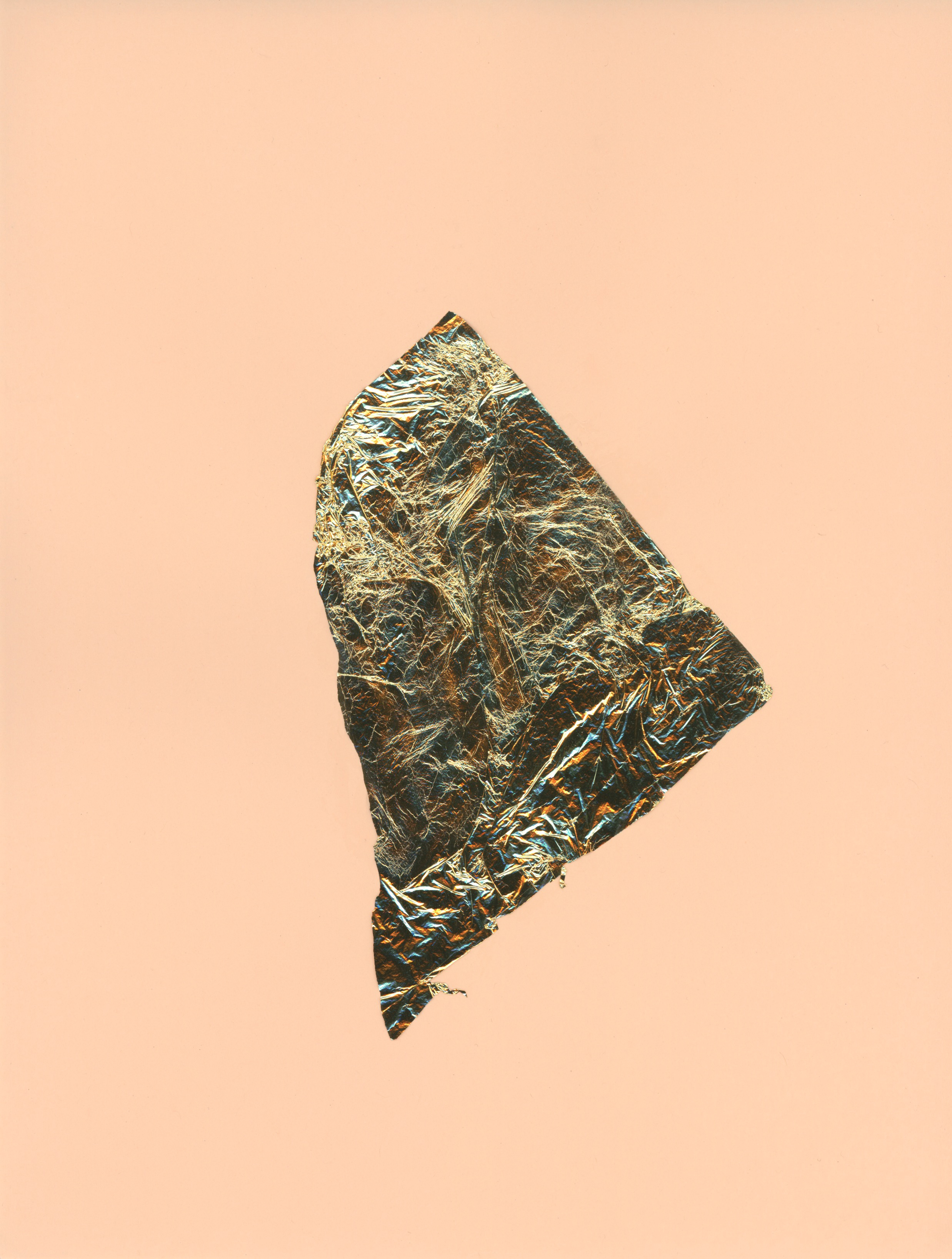1
2
3
4
5
6
7
8
9
10
11
12












Butoh
I travelled to Japan a few years ago with the express interest of experiencing Butoh, with the performance troupe Dairakudakan, in its native country.
Butoh, the dance of darkness - dance of the liminal, is a relatively new style of performance - although it really isn't a style or even performance so much as an experience. Beginning after the 2nd world war it was born as a reaction to the convulsive societal landscape and as well, to the much more contrived and artificial traditional Japanese dances, Noh and Kabuki.
Butoh exists as the opposite of contrived. Naked yet clothed, conscious yet seeing the peripheral. Movements are not purposeful but rather, the purpose is to reach a state where conscious intent is superceded by subconscious impulse. There is a total body awareness. Butoh as an experience explores being and the experience of being using specific techniques that enable the 'dancer' to become the movement, free of past or present or identity. There is no strict form of Butoh, its basis being sublimation of life in the dance and the nature of this ever evolving.
As butoh dancer Iwana Masaki says "I have never heard of a butoh dancer entering a competition. Every butoh performance itself is an ultimate expression; there are not and cannot be second or third places. If butoh dancers were content with less than the ultimate, they would not be actually dancing butoh, for real butoh, like real life itself, cannot be given rankings."
Though it is a discipline and the discipline often means a troupe, it can be anything you want it to be. It is a movement of the liminal and the peripheral, a state of being impossible to mimic. In the origins of Butoh, practitioners would frequently starve themselves of food or sleep to reach a place where their movements cannot be influenced by trivial mental distractions.
A book I recommend is Dancing into Darkness by Sondra Horton Fraleigh. Its poetically written and evokes the feeling and experience of the dance. I also avidly encourage personal practice in whatever form feels right.